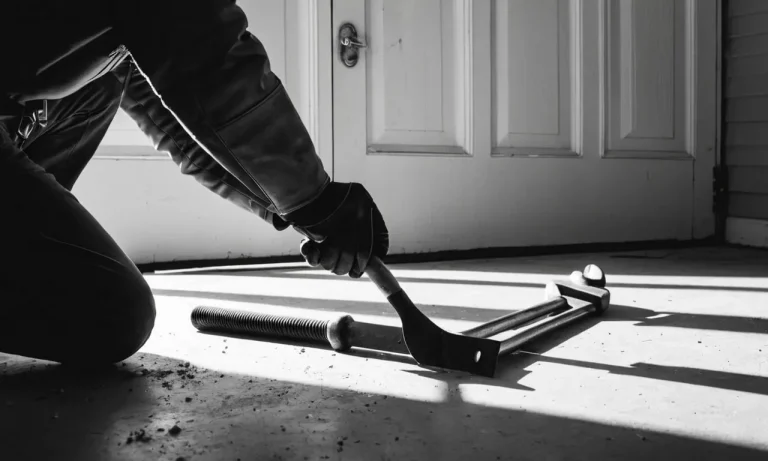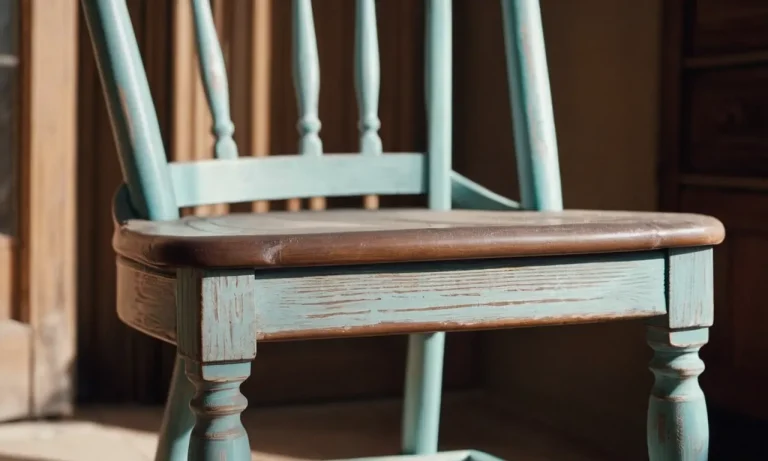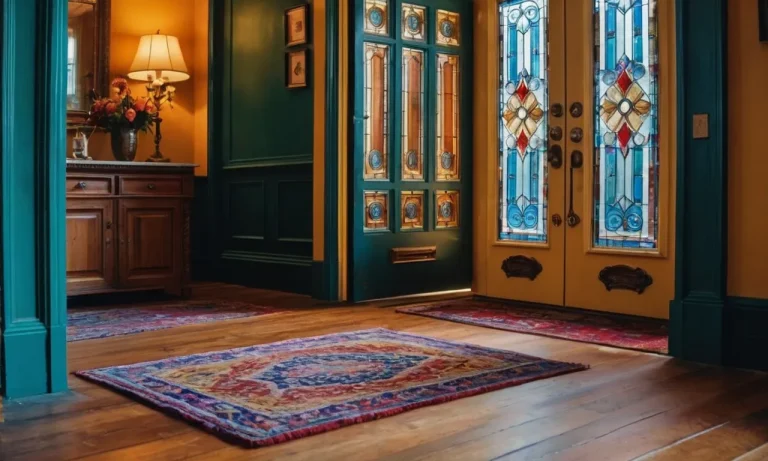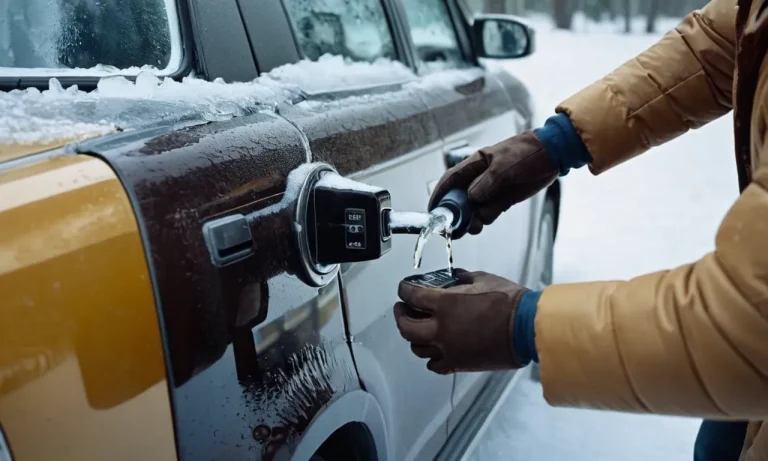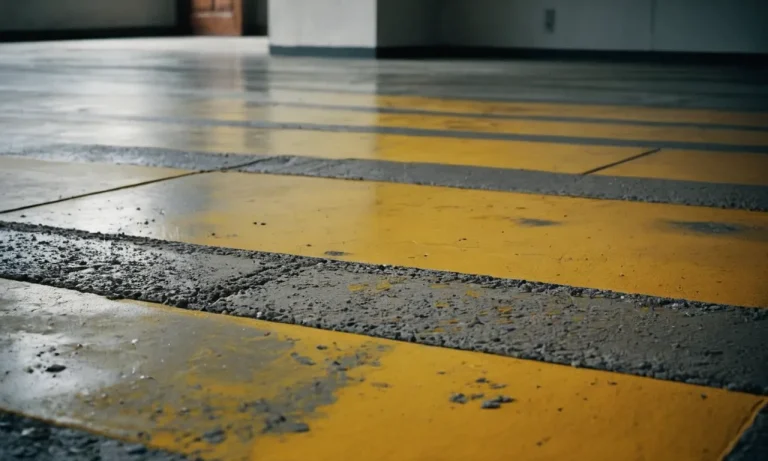Best Lighting For Indoor Photography
Indoor photography can be challenging due to variable lighting conditions. Proper lighting is key to getting professional-looking shots indoors. In this comprehensive guide, we’ll walk you through the best lighting options for indoor photography.
If you’re short on time, here’s a quick answer: Use constant lights, flash, and reflectors to control shadows, highlights and contrast for indoor shots. Prioritize lighting the subject well over background.
We’ll cover everything from simple reflectors and constant lights to professional studio strobes. With the right gear and techniques, you’ll get great indoor photos every time.
Natural Light
When it comes to indoor photography, natural light is often the best choice for achieving stunning results. Not only is it readily available, but it also provides a soft and flattering illumination that can enhance the overall quality of your photos.
There are a few ways to make the most of natural light when shooting indoors.
Window Light
One of the simplest and most effective ways to utilize natural light is by positioning your subject near a window. This allows the soft, diffused light to stream in, creating a beautiful and even illumination.
Depending on the time of day and the orientation of the window, you can experiment with different angles to achieve the desired effect. Keep in mind that the quality of light can vary throughout the day, so it’s worth exploring different times to find the optimal lighting conditions.
Pro tip: If the light coming through the window is too harsh, you can try using sheer curtains or blinds to diffuse it further. This can help create a softer and more flattering light for your subject.
Reflectors and Diffusers
In situations where the natural light is not sufficient or needs some modification, reflectors and diffusers can come in handy. Reflectors are used to bounce light onto your subject, filling in shadows and adding a bit of extra brightness.
They come in various sizes and colors, allowing you to customize the effect to your liking.
On the other hand, diffusers are used to soften harsh light and create a more even illumination. They are often made of translucent material and can be placed between the light source and the subject to scatter the light and reduce harsh shadows.
Diffusers are particularly useful when shooting in direct sunlight or when the window light is too intense.
Pro tip: If you don’t have a reflector or diffuser on hand, you can get creative and use everyday objects like white foam boards or sheer fabrics to achieve similar effects. Just make sure to position them properly to manipulate the light to your advantage.
For more in-depth information on lighting techniques and equipment, you can visit reputable photography websites such as Digital Photo Mentor or Photography Talk. These websites offer a wealth of resources and tutorials to help you master the art of indoor photography.
Constant Artificial Lights
When it comes to indoor photography, having a consistent and reliable source of artificial lighting is essential. Constant artificial lights provide a steady stream of illumination, allowing photographers to capture high-quality images without the worry of fluctuating light levels.
There are several types of constant artificial lights that are commonly used in indoor photography, including LED panels, ring lights, and video lights.
LED Panels
LED panels are a popular choice for indoor photography due to their versatility and energy efficiency. These lights consist of multiple LED bulbs arranged in a panel, which emits a soft and even light.
LED panels are adjustable, allowing photographers to control the intensity and color temperature of the light. They are also lightweight and portable, making them ideal for on-location shoots. LED panels are commonly used in portrait photography, product photography, and video production.
Ring Lights
Ring lights are another popular option for indoor photography, especially for capturing close-up shots and portraits. As the name suggests, these lights are shaped like a ring and are positioned around the camera lens.
Ring lights produce a soft and even light that helps to eliminate shadows and create a flattering, halo-like effect on the subject’s face. They are commonly used in beauty and fashion photography, as well as for creating captivating videos for social media platforms.
Video Lights
Video lights are designed specifically for videography but can also be used for indoor photography. These lights are typically larger and more powerful than LED panels or ring lights, providing a strong and consistent light source.
Video lights are often used in situations where a high amount of light is required, such as in studio photography or when shooting in low-light conditions. They are adjustable, allowing photographers to control the brightness and color temperature of the light.
When choosing the best lighting for indoor photography, it’s important to consider factors such as the type of photography you’ll be doing, the size of your shooting space, and your budget. Experimenting with different types of constant artificial lights can help you find the perfect lighting setup for your specific needs.
Flash and Studio Strobes
When it comes to indoor photography, having the right lighting equipment is crucial. One of the most popular options for indoor lighting is the use of flash and studio strobes. These powerful lighting tools can help photographers achieve professional-looking results with ease.
Speedlights
Speedlights, also known as on-camera flashes, are compact and portable lighting units that can be mounted directly onto the camera’s hot shoe. They are great for photographers who require mobility and flexibility while shooting indoors.
Speedlights are often used by event photographers or those who need to quickly move around and capture moments on the go.
These small but mighty lights offer adjustable power settings and can be tilted and swiveled to control the direction of light. They are versatile and can be used both on and off-camera, allowing photographers to experiment with different lighting techniques and create stunning indoor images.
Monolights
Monolights are larger and more powerful lighting units that are typically used in professional studio setups. These self-contained lights have built-in power sources and do not require a separate power pack.
Monolights are ideal for photographers who need consistent and controlled lighting for their indoor shoots.
With adjustable power outputs, modeling lights, and various light modifiers, monolights offer greater flexibility and options for creative lighting setups. They are commonly used in fashion, portrait, and product photography, where precise control over lighting is essential.
Studio Strobes
Studio strobes are the heavyweights of indoor photography lighting. These high-powered lights are typically used in professional studio environments and provide consistent and powerful lighting for various types of shoots.
Studio strobes offer a wide range of power outputs, fast recycle times, and advanced features like wireless triggering and high-speed sync. They are commonly used by commercial photographers, who require precise control over lighting to capture product details or achieve specific lighting effects.
When it comes to choosing between speedlights, monolights, and studio strobes for indoor photography, it ultimately depends on the photographer’s needs, budget, and level of expertise. Each lighting option has its own advantages and can produce stunning results when used correctly.
For more detailed information on flash and studio strobes, you can visit websites like B&H Photo Video or DIY Photography, where you can find comprehensive guides, reviews, and tutorials to help you make the best choice for your indoor photography needs.
Light Modifiers
Light modifiers are essential tools in indoor photography as they help control and shape the light to achieve desired effects. They can soften, diffuse, or direct the light, resulting in more professional-looking images.
There are several types of light modifiers available, each with its own unique characteristics and benefits.
Softboxes
Softboxes are popular light modifiers used in indoor photography due to their ability to create soft, even lighting. They consist of a fabric box with a reflective interior and a front panel that diffuses the light.
When the light passes through the front panel and reflects off the interior, it spreads out evenly, eliminating harsh shadows and reducing glare. Softboxes are ideal for portrait photography as they produce flattering, wrap-around light that enhances the subject’s features.
They come in various shapes and sizes, allowing photographers to customize the lighting according to their needs.
Umbrellas
Umbrellas are versatile light modifiers that can be used to create both soft and directional lighting. They consist of a reflective surface attached to a metal or fiberglass frame. When the light source is placed behind the umbrella, it bounces off the reflective surface and spreads out, creating soft, diffused light.
This is known as shoot-through or translucent umbrella. On the other hand, when the light source is placed in front of the umbrella and aimed away from the subject, it reflects off the umbrella and produces more directional light. This is referred to as bounce or reflective umbrella.
Umbrellas are relatively inexpensive and easy to set up, making them a popular choice for photographers of all levels.
Snoots and Grids
Snoots and grids are light modifiers that offer precise control over the light direction and intensity. A snoot is a tube-like device that narrows the light beam, creating a focused, spotlight effect. It is often used to highlight specific areas or subjects in a photograph.
On the other hand, grids are mesh-like attachments that fit over a light source and restrict the spread of light, creating a more directional and controlled illumination. Snoots and grids are commonly used in product photography and studio setups where precise lighting control is required.
Background Lighting
When it comes to indoor photography, background lighting plays a crucial role in setting the mood and enhancing the overall quality of your images. By strategically placing lights in the background, you can create a visually appealing and well-balanced composition.
Hair/Rim Lights
Hair or rim lights are used to add depth and separation between the subject and the background. These lights are placed behind the subject, slightly off to the side, and aimed towards the back of the head or shoulders.
They create a soft halo effect around the edges of the subject, highlighting their hair or outline and adding a three-dimensional look to the image.
To achieve this effect, you can use small, diffused lights such as LED panels or softboxes. Position them at a higher angle to avoid casting shadows on the subject’s face. Adjust the intensity of the hair light to achieve the desired effect; it should be subtle and not overpower the main light source.
Backdrops
Choosing the right backdrop for your indoor photography can significantly impact the overall look and feel of your images. The backdrop serves as a canvas for your subject and can help create a cohesive and visually appealing composition.
There are various types of backdrops available, including seamless paper, fabric, vinyl, and canvas. Each has its own unique characteristics and advantages. Seamless paper is a popular choice for its affordability and versatility, while fabric backdrops offer a wide range of patterns and textures.
Vinyl backdrops are durable and easy to clean, making them a practical option for studio settings. Canvas backdrops, on the other hand, provide a more textured and artistic look.
Consider the theme, mood, and style of your photoshoot when selecting a backdrop. Experiment with different colors, patterns, and textures to enhance the overall aesthetic of your images. Remember, the backdrop should complement the subject and not overpower it.
For more information on lighting techniques and equipment, you can visit BHphotovideo.com. They provide expert advice and a wide range of lighting options for indoor photography.
Conclusion
With the right lighting gear and techniques, you can take professional-quality photos indoors. Use constant lights for video and flash for still photos. Shape and control the light with modifiers. Add background lights as needed.
Most importantly, practice and experiment until you find what works for your space and subject matter.
Proper indoor lighting lets you get great shots no matter the conditions. Follow these tips to take your indoor photography to the next level.



